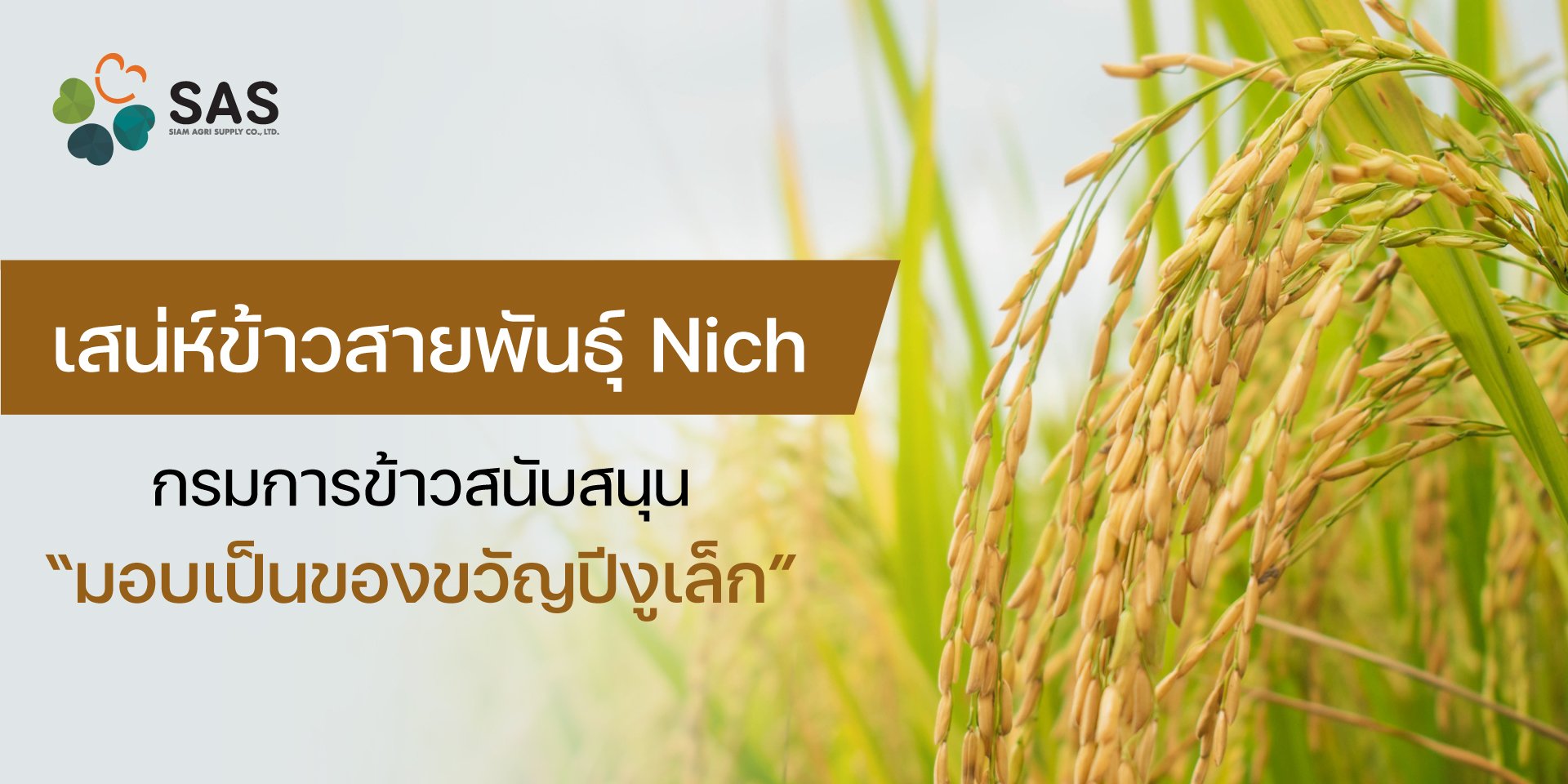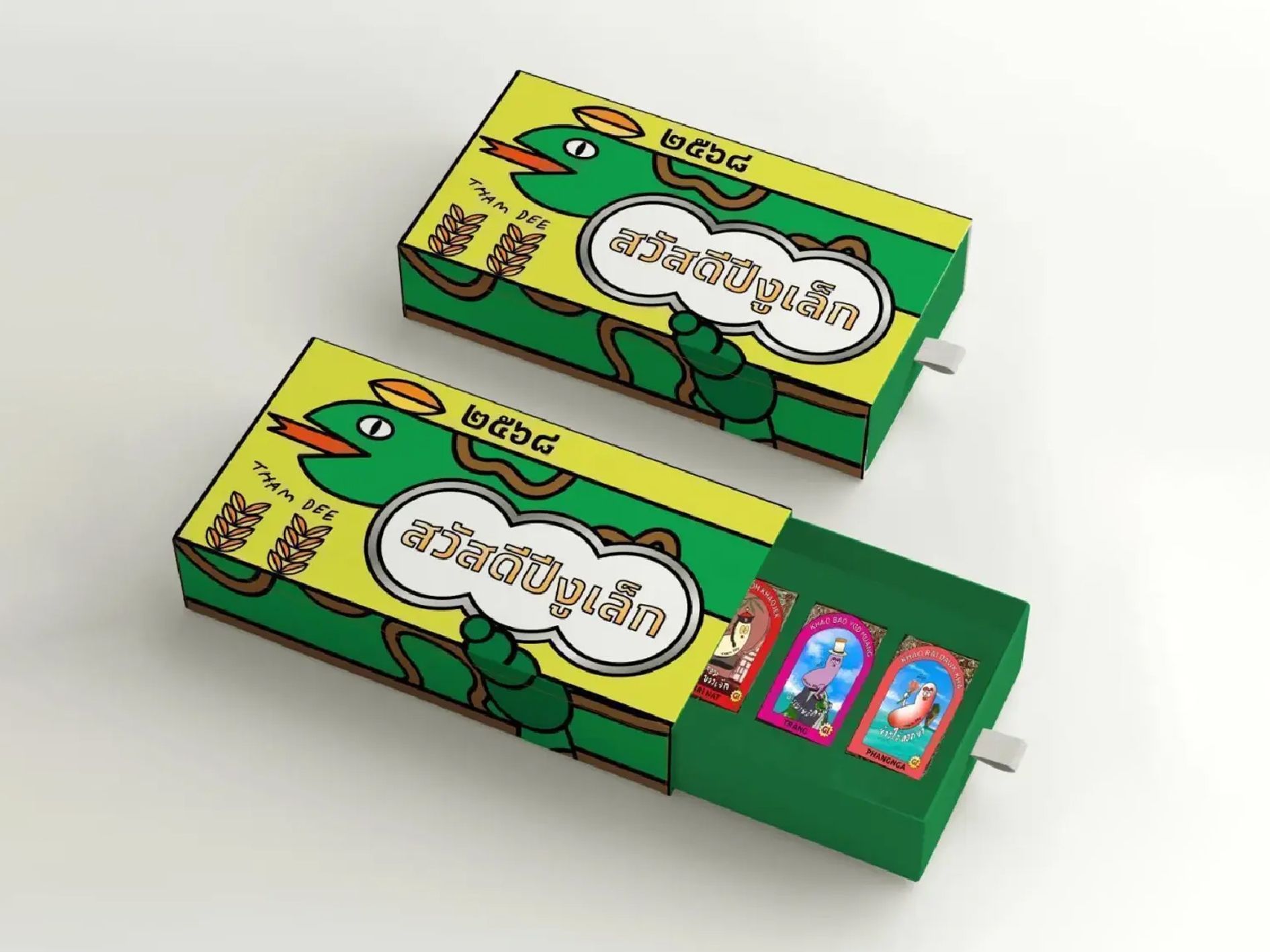The Charm of Nich Rice Varieties
Last updated: 23 Feb 2025
963 Views


Most foreign consumers rely on word-of-mouth, particularly Chinese tourists visiting Thailand with the specific aim of tasting Nich rice and purchasing it to take home. Moreover, the Nich rice varieties featured at Thailand Rice Fest 2024 possess their own unique allure. Examples include Chumphae Ruby Rice, Hom Khaiya Rice, Bey Yod Muang, Sang Yot Rice, and Hom Kha Jeak Ricemany of which have also been certified under the GI (Geographical Indication) standard. All the rice is packaged in small sachets specifically designed for sampling and convenient carrying, eliminating the burden of transporting heavy quantities, stated Mr. Anon Nontrai, Deputy Director-General of the Department of Rice.
The Role of SAS Group in Sustainable Agriculture
SAS Group has contributed to sustainable agriculture by introducing Soil Digesta microbial innovation designed to enrich soil fertility, thereby benefiting rice cultivation and farmers alike.
Good Thai rice means prosperous Thai farmers, and SAS Group is delighted.
Further Information on Sustainable Agriculture and Environmental Stewardship
Rain Organization: Supported by the U.S. Department of Agriculture, this organization seeks agricultural innovations for farmers throughout Thailand.
Facebook Video
Bacillus The Power of Microorganisms in Decomposition:
Read More
Learn About Microorganisms for Fertile Soil:
Facebook Post
Acknowledgments
Information and images were kindly provided by Bangkokbiznews.
SAS Group: Sending A Bigger Smile
CRAFTING BIOTECHNOLOGY FOR A BETTER LIVING
Hashtags:
#กรมการข้าว #SASGroup #SoilDigest #EcoFriendlyFarming #SustainableAgriculture #HealthySoil #EnvironmentallyFriendlyFarming
Related Content
Probiotics are live microorganisms that confer health benefits when consumed in adequate amounts. Commonly referred to as good bacteria, they help main
23 Apr 2025
ภาวะโลกร้อน หรือความร้อนที่มาจากสิ่งแวดล้อม ทำให้โคมีอุณหภูมิร่างกายสูงขึ้น และเกิดความเครียดเนื่องจากความร้อน (Heat Stress)
6 Dec 2024
In today’s world, mental health disorders are increasingly prevalent, especially depression. According to data from the Department of Mental Health, over 1.5 million individuals aged 15 and above suffer from depression. This condition arises from an imbalance in neurotransmitters, specifically serotonin and norepinephrine, which are crucial for transmitting signals between nerve cells. Other contributing factors include emotions, feelings, thoughts, and perspectives.
Depression is broadly categorized into two types:
1.Unipolar Depression: The individual experiences only depressive episodes.
2.Bipolar Disorder: The individual experiences extreme mood swings, including depressive episodes and periods of elevated mood.
9 Dec 2024


